By Howard Levitt and Kathleen Burkimsher
Basic civility in the workplace is not a skill one boasts about on their resume — it is the minimum expectation for all employees
Usually, the thought of a “disgruntled” employee conjures up a very specific image of a person walking away — voluntarily or involuntarily — from their former workplace, a banker’s box in hand containing the last remaining personal effects from their workspace, scowling for all to see.
What some employers may fail to consider is the greater risk posed by disgruntled employees who remain on payroll, causing disruptions and conflict, and creating an atmosphere of disrespect that extends beyond the regular frictions between incompatible personalities. In fact, “workplace incivility,” as it has now been colloquially termed, can cost your organization significantly, triggering low morale, reduced productivity and even absenteeism. One recent survey of our American counterparts quantifies the cost of workplace incivility at a staggering $2.7 billion per day.
Stating the obvious, basic civility in the workplace is not a skill one boasts about on their resume — it is the minimum expectation for all employees. Examples of seemingly trivial behaviours that constitute workplace incivility may include eye rolling, ignoring pleasantries from colleagues, gossiping, interrupting during meetings, making snide comments, giving dirty looks or insubordinately speaking down to a superior. Although we all learned in pre-school, “if you don’t have anything nice to say, don’t say anything at all,” some employees need to be reminded.
Proactive tips and defensive strategies can help to mitigate these risks and manage uncivil conduct in the workplace. Employers should outline clear expectations regarding appropriate workplace conduct in policies or employee handbooks, connecting these behaviours to the company’s mission statement and core values. Additionally, a zero-tolerance policy for harassment and discrimination provides solid grounds for future discipline should an employee’s conduct warrant it. Preventative training sessions, such as conflict management, and having clearly defined lines of reporting will provide valuable tools to management in order to both spot and address inappropriate workplace conduct.
Similarly, it is safe to assume that a disgruntled employee causing issues in the workplace is probably also complaining outside of the workplace, whether to former employees (who have left for a reason), a social media following or anyone else who listens to them. For this reason, employers should maintain well-drafted agreements that protect confidential information, both while a worker is employed and after they have left.
Confidential information, which includes materials not explicitly marked with a big, red “CONFIDENTIAL” stamp — must be clearly defined so an employee (even an unsophisticated one) can understand exactly what is protected from use and disclosure. For example, it may be obvious that information such as pricing lists of distributors or a client database would be covered under this definition. Less obvious is information that extends to other employees, such as compensation structure, workplace investigations and harassment allegations.
Employers should also consider non-disparagement covenants, which, unlike defamation claims that are defensible on the basis of truth, instead forbid an employee from saying anything negative at all (regardless of whether they believe it to be true or not) about the employer and its employees.
But the onus does not fall squarely on an employer. In addition to exercising common sense and good judgment, employees are responsible for reviewing agreements and policies to ensure that they are not in breach of their contract — both during and after employment.
Confidentiality clauses can become particularly helpful in situations where, not unlike our high school days, a clique of employees form who happen to share in their uncivil behaviour at work and slowly depart one by one (again, whether voluntarily or involuntarily). It may be tempting for a disgruntled ex-employee to continue communicating with their former coworkers who remain employed. But the bottom line is disclosing confidential information to a former employee can be grounds for terminating the current employee for cause.
Many employees wrongly believe that they are entitled to a severance package upon termination of employment. Instead, employers might provide advanced notice of termination requiring “working notice.” Though this offsets employer costs at termination, one of the greater liabilities is the potential of leaks of confidential information once an employee knows their time with the company is nearing an end. Working notice is fraught with this risk.
Ultimately, while it is ideal to have a confidentiality clause or agreement with clearly defined terms and covenants, employees still owe common law obligations of fidelity, loyalty and confidentiality to an employer that persist regardless of what may be written on paper. But as any observer of this month’s Super Bowl can confirm — the best offence is a good defence.

